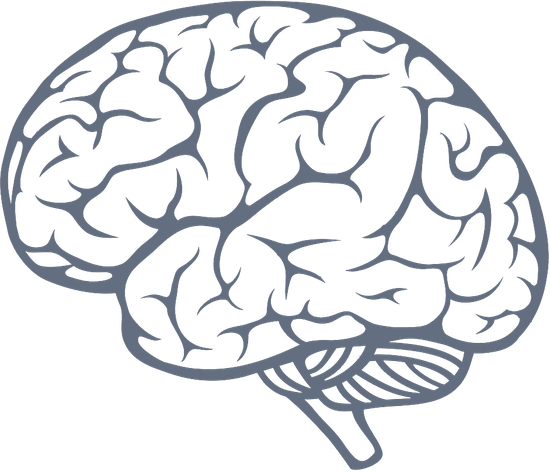Jaime Gomez-Ramirez
Professor, Scientist and Engineer
European Commission. JRC. Centre for Advanced Studies, Science and Art
Biography
Jaime Gomez-Ramirez is a Scientific Project Officer at the European Commission's Joint Research Center, Centre for Advanced Studies.
He is professor at Universidad Complutense de Madrid and Visiting Professor at the University of Turin, Italy. He completed his postdoctoral training in Japan at the Biomedical Engineering Laboratory, Okayama University, the USA at the Centre for Sleep and Consciousness, University of Wisconsin-Madison and Canada at The Sickkids Hospital, Department of Neuroscience & Mental Health, University of Toronto.
Jaime Gomez-Ramirez is a scientist with experience in the Private Sector IT and in allocation of R&D funding and advising governamental and private bodies in funding innovative science.
Professor Gomez-Ramirez research is focused on multi-scale mathematical modelling of complex systems, specifically brain networks. An original aspect of his work is the use of Category Theory in brain connectivity. Working as a computational neuroscientist, he is interested in foster our understanding of brain networks dynamics that what they tell us about brain healthy aging. He has a broad training as a experimental and clinical neuroscientist in neuroimaging (fMRI) and electrophysiology (iEEG).
Gomez-Ramírez is also interested in the Social Sciences, in particular Economics. Complexity science is likely to transform our understanding of Economics and the markets viewed and modeled as Complex Adaptive Systems. Both Science and Art are human attempts to understand the world around us. Although the traditions, “languages” and methods differ, the motivations and goals are fundamentally the same. We may be closer than ever to bringing together the interdisciplinary gap between art and science, also known as the two cultures.
Interests
- Longevity, Digital Health, Deep Medicine
- Complex Resilient Systems
- Science for Policy
Education
PhD in Robotics, 2010
Universidad Politecnica de Madrid

